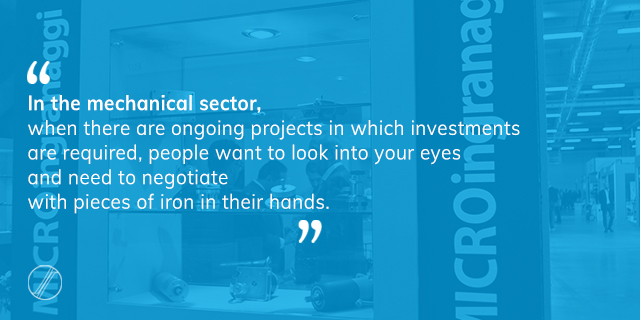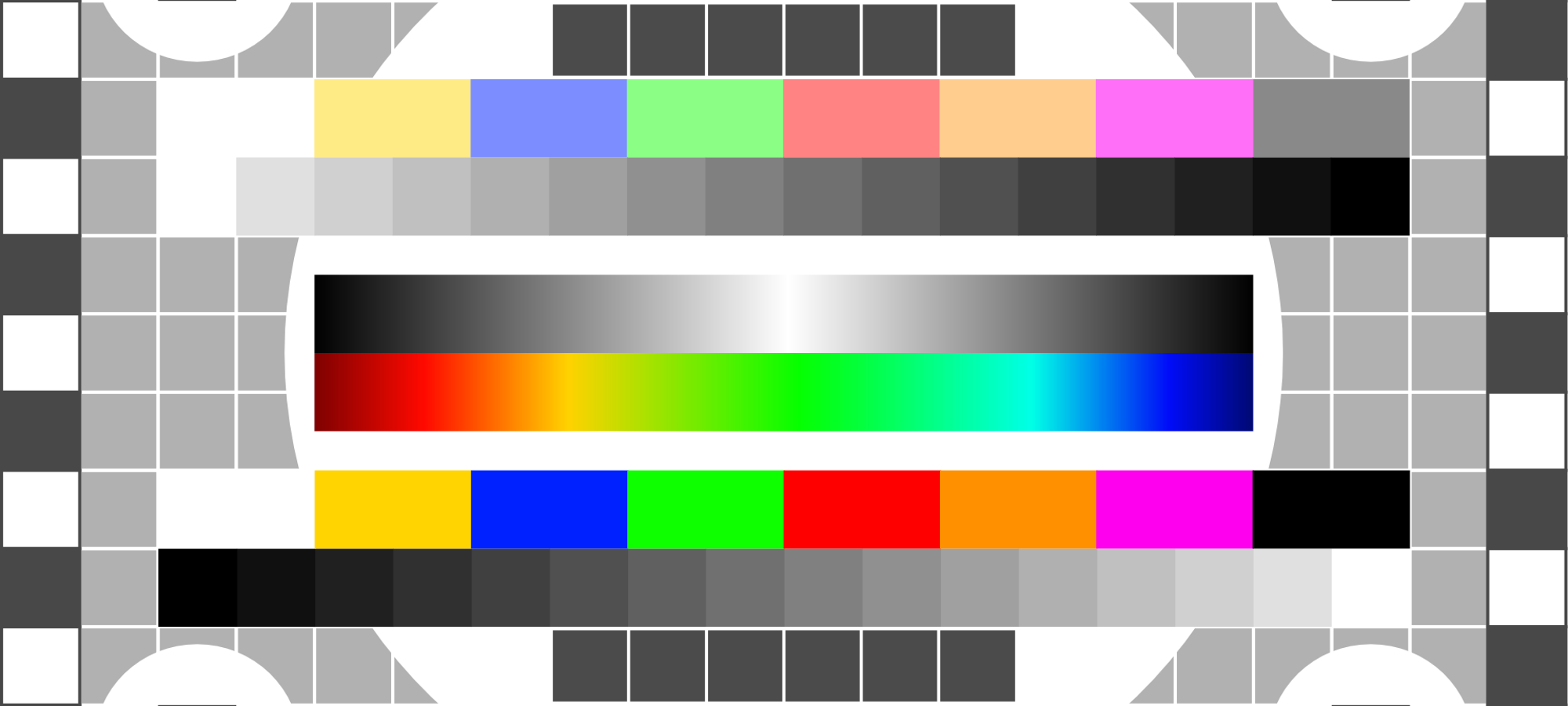I once complained to a lecturer at the Milan Polytechnic whom I asked why there were so many mechanical engineers who don’t know how to draw. His answer was that now, at the University, drawing was very often taught by software programmers. It is therefore no longer a mechanical engineer teaching technical drawing to young students, but rather an IT engineer. Now, without wanting to criticize IT engineers who do this job and are most certainly excellent at teaching certain aspects of this work, I cannot fail to note that
nowadays, only too often we find ourselves dealing with young mechanical engineer graduates who do not know how to draw. And this is a problem.
Now I will try to explain why.
Drawing is the tool that the designer uses to check on paper (or rather today on a screen) that the idea he has developed is actually applicable, that it works, that the product in question can be produced, assembled and so forth.
In other words:
the designer has an idea, but in order to find out whether that same idea works or not, he must transform it into an object, and must draw it.
And this is the first point, but not the only one.
That same tool that is needed firstly by us to understand if the idea will work, will also become essential to our employees, our customers and, especially to those who will have to deal with the manufacturing of what we have designed. Therefore
this tool – I.e. drawing – must be complete, must contain all the information necessary to those who will go on to manufacture the part. Therefore tolerances, dimensions and geometries, materials, treatments and so on.
What I always tell my colleagues is that it is not a matter of whether or not the person doing the drawing likes it, as it must be suitable for all those who deal with it in the workshop and who need all the relative information in order to manufacture the part as per the drawing. I repeat: ALL!! Because if even just one is missing (a measurement, a tolerance and so forth), the final result will suffer.
Let’s take a practical example.
Today I received a drawing for a quotation request concerning the production of a toothed gear for worm screws where, among other things, they indicated that the construction material to be used was bronze. Ok, but which type of bronze? Because there are many types of bronzes, each with different mechanical characteristics.
Whoever designs a project like this without making sure that the exact material to be used is indicated on the drawing, is not doing his job properly. For instance, because if those manufacturing the product are left with the decision of what material to use, they may choose to use a less expensive bronze so as to be able to be awarded the contract by submitting a lower quote. And it is also possible that the less expensive bronze is also the one that has inferior mechanical characteristics and, therefore, will lack in performance. But there is also the aspect that there is no assurance that it will suitable for that specific application.
In other words: the person designing the part will have carried out an analysis and precise calculations on the type of bronze to use, but if this is then not indicated on the drawing, it’s as if an important part of the work had not been completed.
My opinion is, therefore, that
the work of the designer begins with the concept of a product and ends with the realization of a 2D drawing complete with measurements to be delivered to the workshop (regardless of whether he himself or a colleague prepares the drawing).
In my mind, a designer must also be a draughtsman, but it is not said that a draughtsman must also be a designer.
The draughtsman may also simply be the executor of the drawings related to a project designed by someone else. But
in the moment in which a designer has to tell the draughtsman what to draw, he in turn must be able to draw, otherwise he is not able to communicate all information in a comprehensive manner.
The similarity with a writer springs to mind, who in actual fact is a designer who has a novel in mind or something to communicate and the book is his drawing. The difference is that while a writer completes his work with the writing of a book, a mechanical designer, after the drawing phase, must also pass the construction test.
Why is so important that a designer also knows how to draw?
Nowadays, only too often we find ourselves dealing with young mechanical engineer who do not know how to draw. And this is a problem, because Drawing is the tool that the designer uses to check on paper that the idea he has developed is actually applicable, that it works, that the product in question can be produced, assembled and so forth.
That same drawing will also become essential to those who will have to deal with the manufacturing of what we have designed. Therefore it must contain all the information necessary to those who will go on to manufacture the part (tolerances, dimensions, materials, treatments..)
My opinion is that the work of the designer begins with the concept of a product and ends with the realization of a 2D drawing complete with measurements to be delivered to the workshop (regardless of whether he himself or a colleague prepares the drawing).
So a designer must also be a draughtsman, but it is not said that a draughtsman must also be a designer.
The draughtsman may also simply be the executor of the drawings related to a project designed by someone else. But in the moment in which a designer has to tell the draughtsman what to draw, he in turn must be able to draw, otherwise he is not able to..





